10 Must-Do Activities On Tanzania Vacation
- The Great Serengeti Wildebeest Migration River Crossing
- Zanzibar Vacation: Stone Town, Prison Island, and Jozani Forest
- Ngorongoro Conservation Area: Explore a UNESCO World Heritage Site
- The Hot Air Balloon Flight Safari (Serengeti, Tarangire, Ruaha)
- Climb Mount Kilimanjaro: Conquer Africa's Tallest Peak
- Tarangire National Park: The Elephant Paradise Park
- Lake Manyara National Park: Admire Tree-Climbing Lions
- Boat Safari at Selous Game Reserve: Discover a Remote Safari
- Mahale Mountains National Park: Trek with Chimpanzees
- Cultural Encounters: Maasai and Hadzabe Villages
1. The Great Serengeti Wildebeest Migration River Crossing
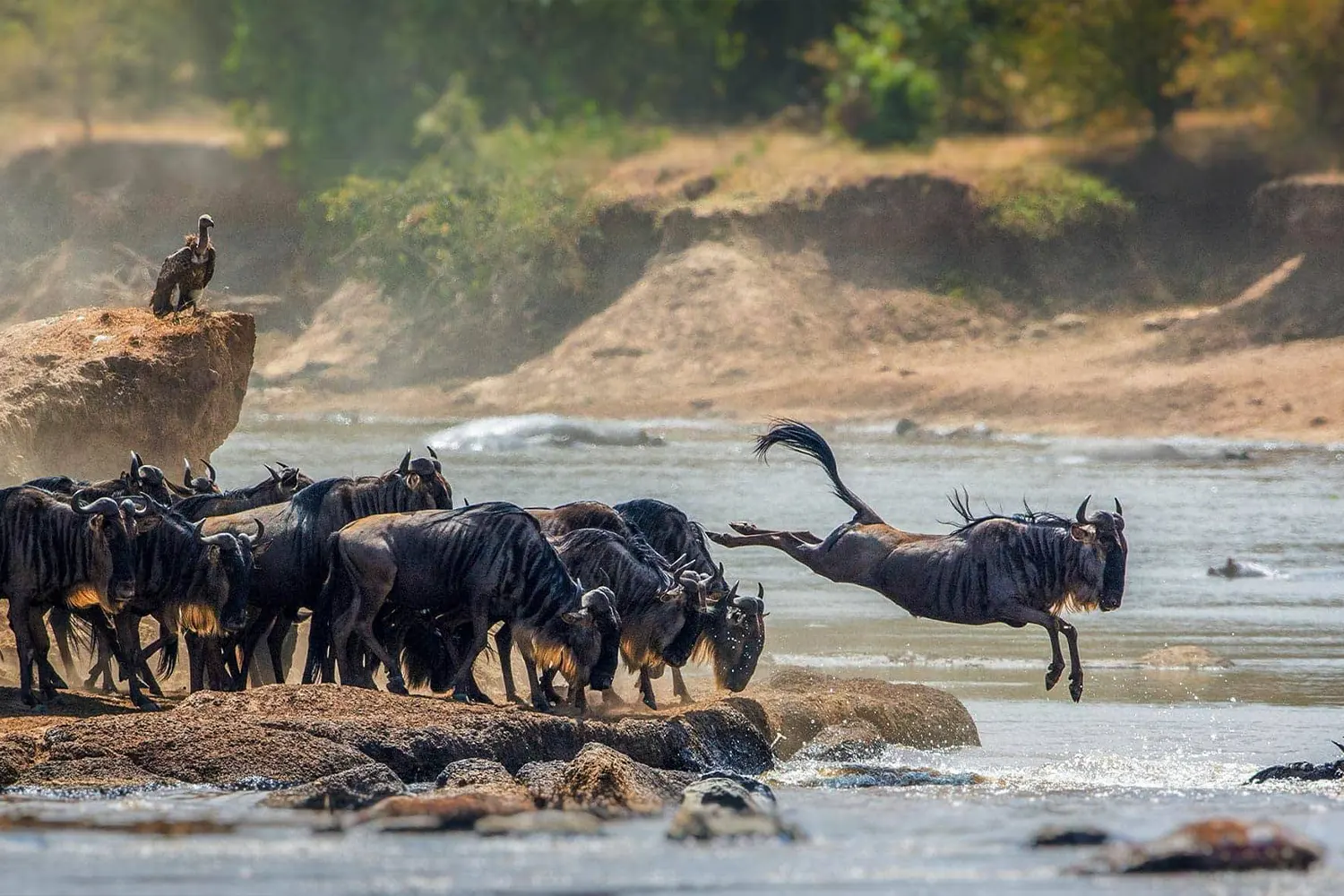
The Serengeti migration is the greatest wildlife event on the planet earth, taking place in Serengeti National Park in Tanzania, chiefly in Tanzania and Kenya. It involves the movement of millions of herbivores, mainly wildebeests (also known as gnus), zebras, and Thomson gazelles, as they travel in search of food and water throughout the year. The migration is usually associated with river crossings, these migrating animals usually do the river crossing at the Grumeti River and the Mara River. The following is an overview of the great wildebeest migration and river crossing:
The Great Serengeti Wildebeest Migration:
The Serengeti migration is a continuous, year-round movement of animals in search of fresh grazing lands and water sources. It is driven by seasonal rainfall patterns and the need for the animals to follow the rain and the growth of new grasses.
River Crossings:
River crossings are some of the most dramatic and dangerous events during the migration. The two main river crossings that draw significant attention are:
Grumeti River:
Located in the western part of the Serengeti, the Grumeti River is one of the first major obstacles the migrating herds encounter. Crocodiles inhabit the river, making the crossing a dangerous attempt. The migration usually crosses the Grumeti River between May and June.
Mara River:
The Mara River, which flows through the Maasai Mara in Kenya, is another critical point in the migration. Thousands of wildebeests and zebras attempt to cross the river between July and September as they move north towards the Kenyan side. The Mara River crossings are famous for their dramatic scenes and predator-prey interactions, with crocodiles and lions waiting to ambush the herds.
2. Zanzibar Vacation: Stone Town, Prison Island, and Jozani Forest
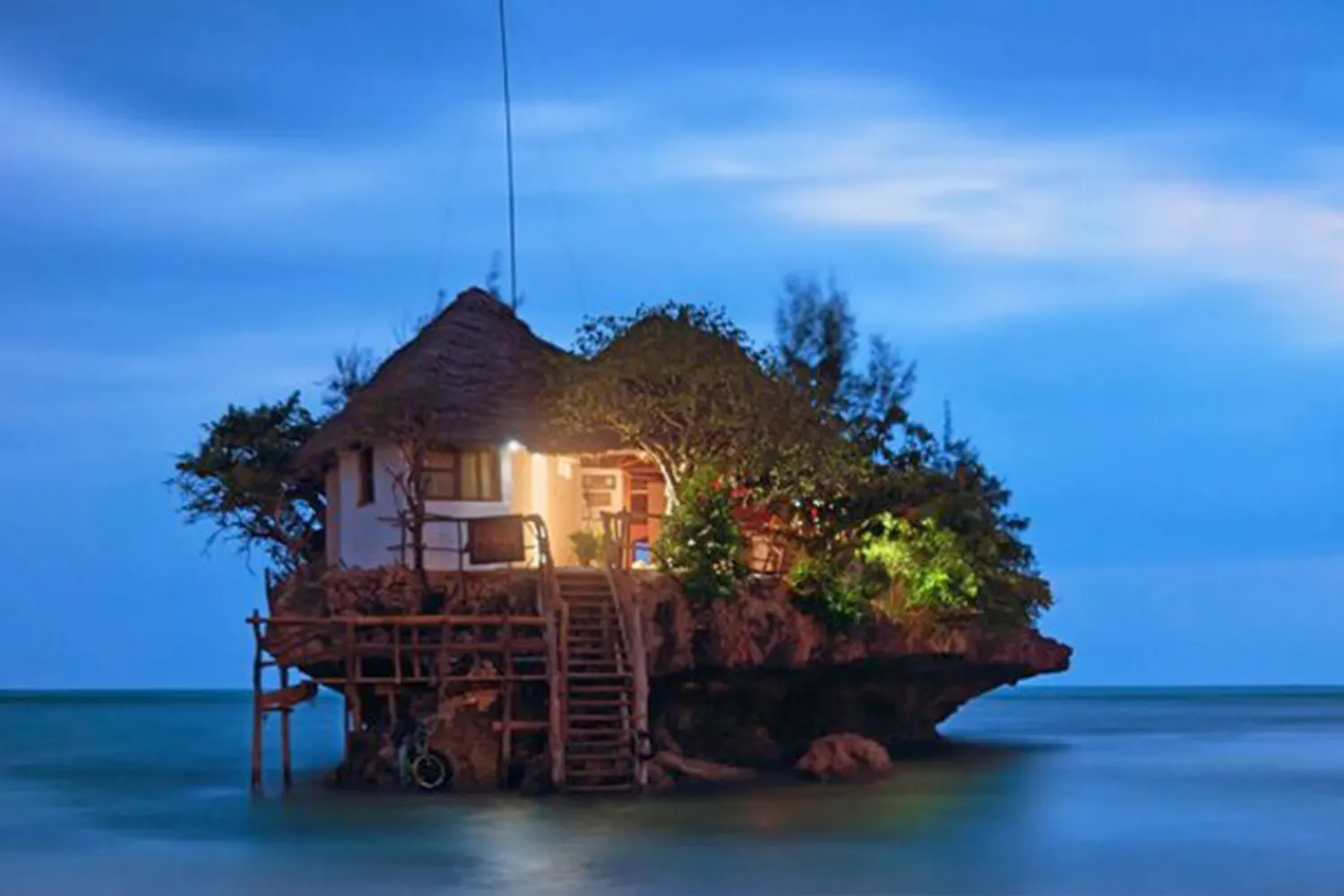
While mainland Tanzania offers thrilling safari adventures, the Zanzibar island with its tranquil beaches and rich history. After your safari, relax on the powdery sands of Zanzibar's beaches, dive into the crystal-clear waters, and explore the enchanting Stone Town, a UNESCO World Heritage site, you can also visit other rich history destinations like Prison Island or hire a guide to visit Jozani Forest reserve to see the endangered red colobus monkeys.
3. Climb Mount Kilimanjaro: Conquer Africa's Tallest Peak

Mount Kilimanjaro is Africa's highest mountain and a formidable challenge for trekkers and climbers. Reaching its summit is an accomplishment like no other. Whether you're an experienced mountaineer or a beginner, there's a route for you. Prepare for a journey that will test your endurance and reward you with incredible views. There are six routes for climbing Mount Kilimanjaro, and each of these routes differs by scenery, success rate, and difficulty. The Kilimanjaro climbing routes are:
Marangu route (Coca-Cola Route):
This is a less scenic but one of the popular routes for climbing Mount Kilimanjaro, the difficulty is moderate on this route with a success rate of 70%-75% and this is lower compared to another route due to its 5-6 days to complete the climbing tour. The unique fact about the Marangu route is that the presence of huts in every camp provides comfortable accommodations.
Machame Route (Whiskey Route):
This is one of the most scenic routes hence the name “Whiskey”, the duration is 6-7 days and it is moderate to very challenging. Success rate is 85% - 90%.
Lemosho route:
Difficulty is moderate to challenging, the route provides scenic views and a unique landscape. The success rate is 85%-90%.
Rongai route:
With a success rate of 80%-85% Rongai Route is good for both experienced and first-timers, the route is scenic enough and approaches the peak from the north.
Umbwe route:
It is the most challenging route but comes with great winning and rewarding experience. The Umbwe Route has a 70%-75% possibility of reaching the Uhuru peak.
Northern circuit:
The Northern Circuit Route is known for its excellent acclimatization profile and lower traffic, leading to a very high success rate. The route has a success rate of 90%-95%.
4. Lake Manyara National Park: Admire Tree-Climbing Lions
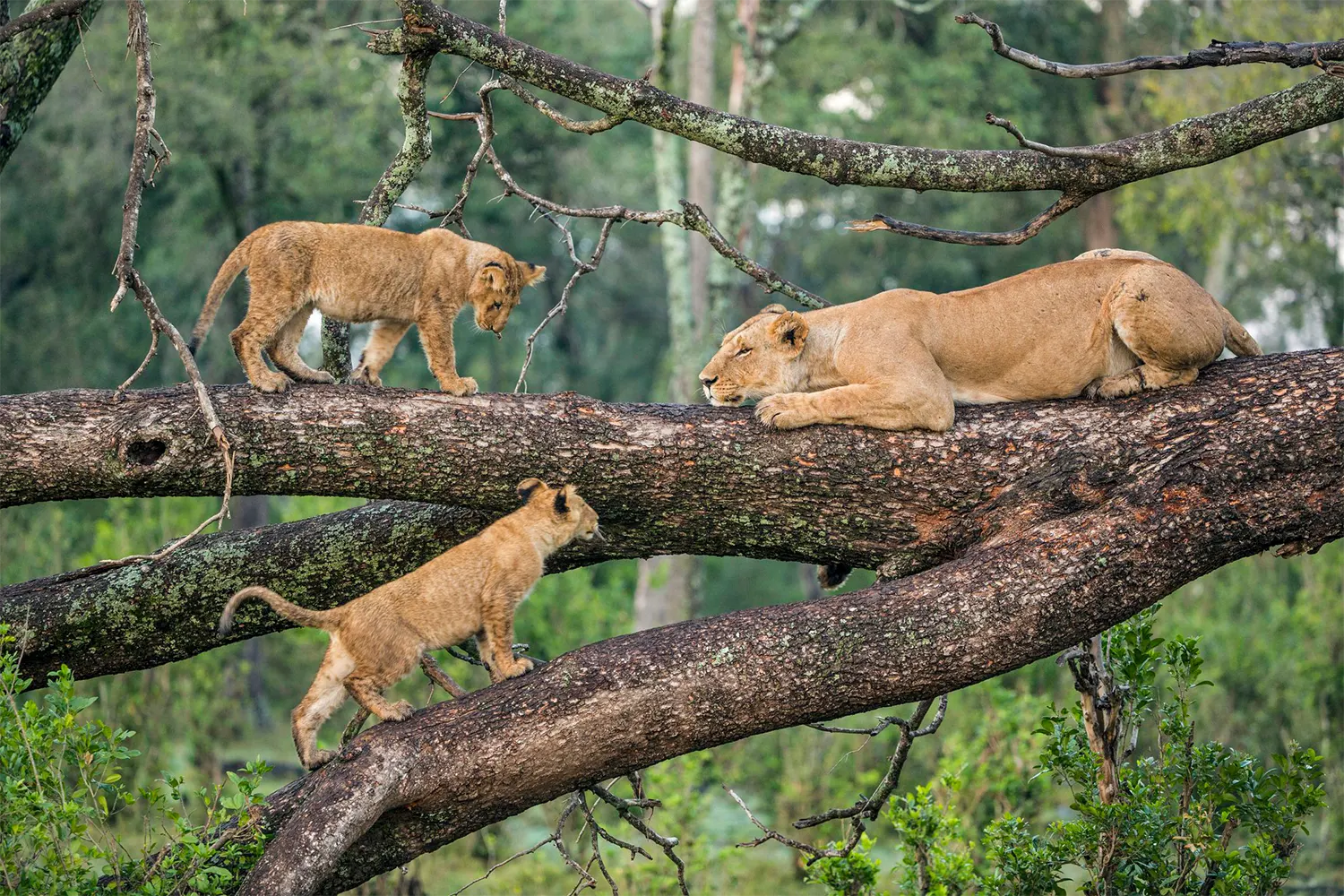
Tree-climbing lions are a rare sight in the wild, but at Lake Manyara National Park, you have a good chance of spotting them. These lions have developed this unique behavior, and it's a fascinating spectacle to witness. Explore the bird life at this park including the pink flamingos feeding on the algae in Lake Manyara you will spot hundreds of bird species as the park is famous for its bird life.
5. Ngorongoro Conservation Area: Explore a UNESCO World Heritage Site
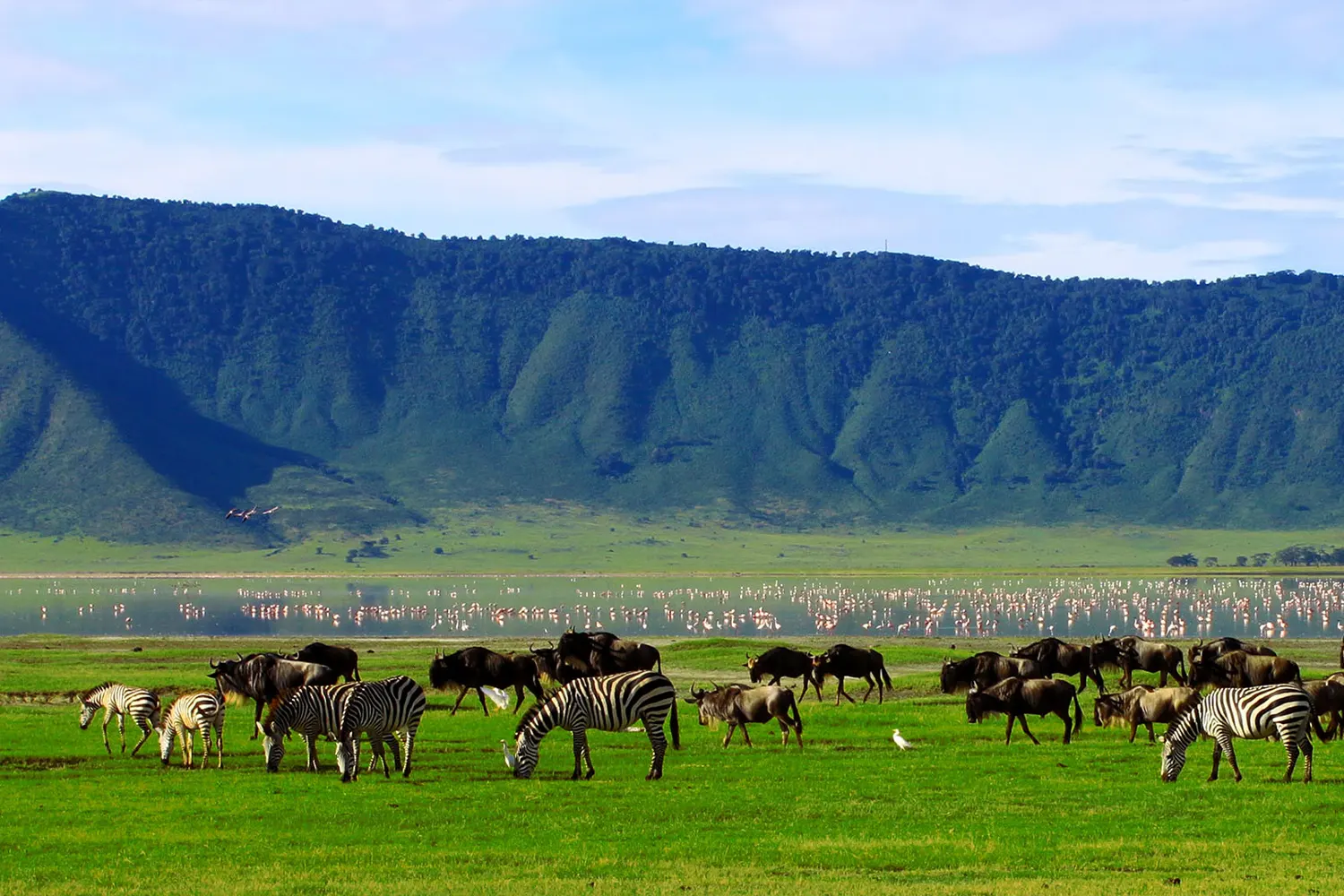
The Ngorongoro Conservation Area, this UNESCO World Heritage Site is where you will enjoy the wildlife view, rich history and culture. Within the area there is a volcanic ring called Ngorongoro crater a descent to the crater floor will reveal how breathtaking this place is that some people have called it the “Garden of Eden” It is where you will see the Big Five animals up close Buffaloes, Rhinos, Leopards, Lions and Elephants.
The Ngorongoro area also boasts the Olduvai Gorge (The cradle of civilization) where the remain of the oldest mankind was discovered by Mary and Louise Leakey. Around the Conservation area there are also significant archaeological sites for you to dive into the history part of the place like Engaruka and Laetoli footprints.
The Conservation area also hosts different community villages for you to explore the cultural part of the place you will find pastoralist society like Maasai, hunters like Haadzabe, and a mixture of both from Datoga.
6. The Hot Air Balloon Flight Safari (Serengeti, Tarangire, Ruaha)
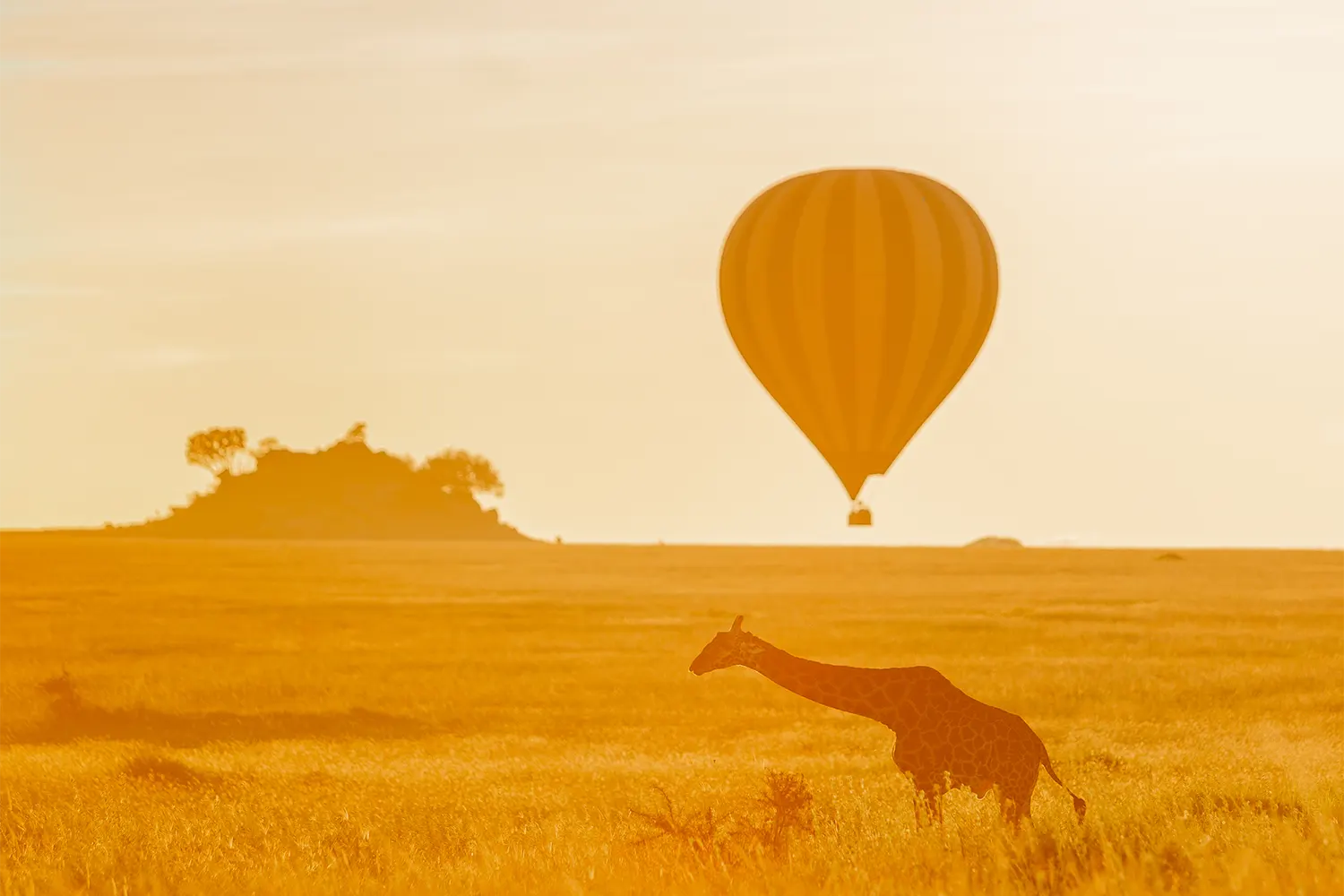
The is nothing like the hot air balloon flight safari in Tanzania you will enjoy the greater views of Tanzania's most profound wildlife sanctuaries like Serengeti, Tarangire, and Ruaha national park. One of the best experiences is to spot Serengeti migration from above, Tracking the elephant movement at Tarangire on a huge hot air balloon is as much fun as in Ruaha National Park.
7. Tarangire National Park: the elephant paradise park

For those who adore elephants, Tarangire National Park is a sanctuary you can't afford to miss. It claims the highest concentration of elephants in Tanzania. Marvel at these gentle giants as they graze beneath the ancient baobab trees. Tarangire is also a birdwatcher's paradise, with over 500 bird species to spot.
8. Boat Safari at Selous Game Reserve: Discover a Remote Safari

Selous Game Reserve, a UNESCO World Heritage site, is one of Tanzania's hidden gem parks. This is Africa's largest game reserve, offering an off-the-beaten-path (hidden gem) safari experience. Here, you can explore the wilderness in a boat safari along the Rufiji River, where you'll encounter hippos, crocodiles, and a variety of bird species.
9. Mahale Mountains National Park: Trek with Chimpanzees
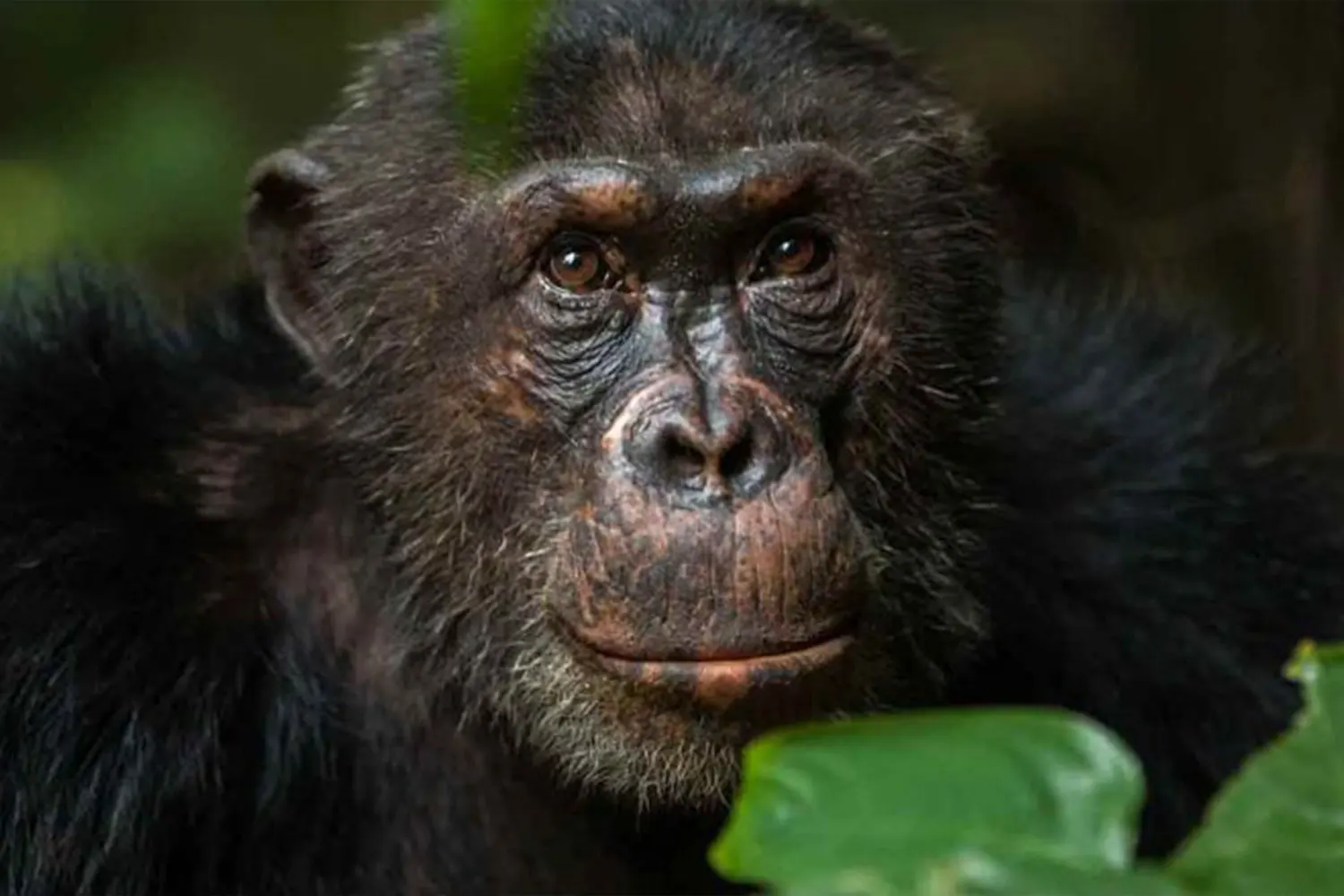
For a truly unique wildlife safari experience, the venture to the Mahale Mountains National Park is a great option. Here, you can trek through lush forests to observe chimpanzees in their natural habitat. This remote wildlife park offers a rare chance to connect with our closest relatives in the animal kingdom the Chimpanzee.
10. Cultural Encounters: Maasai and Hadzabe Villages
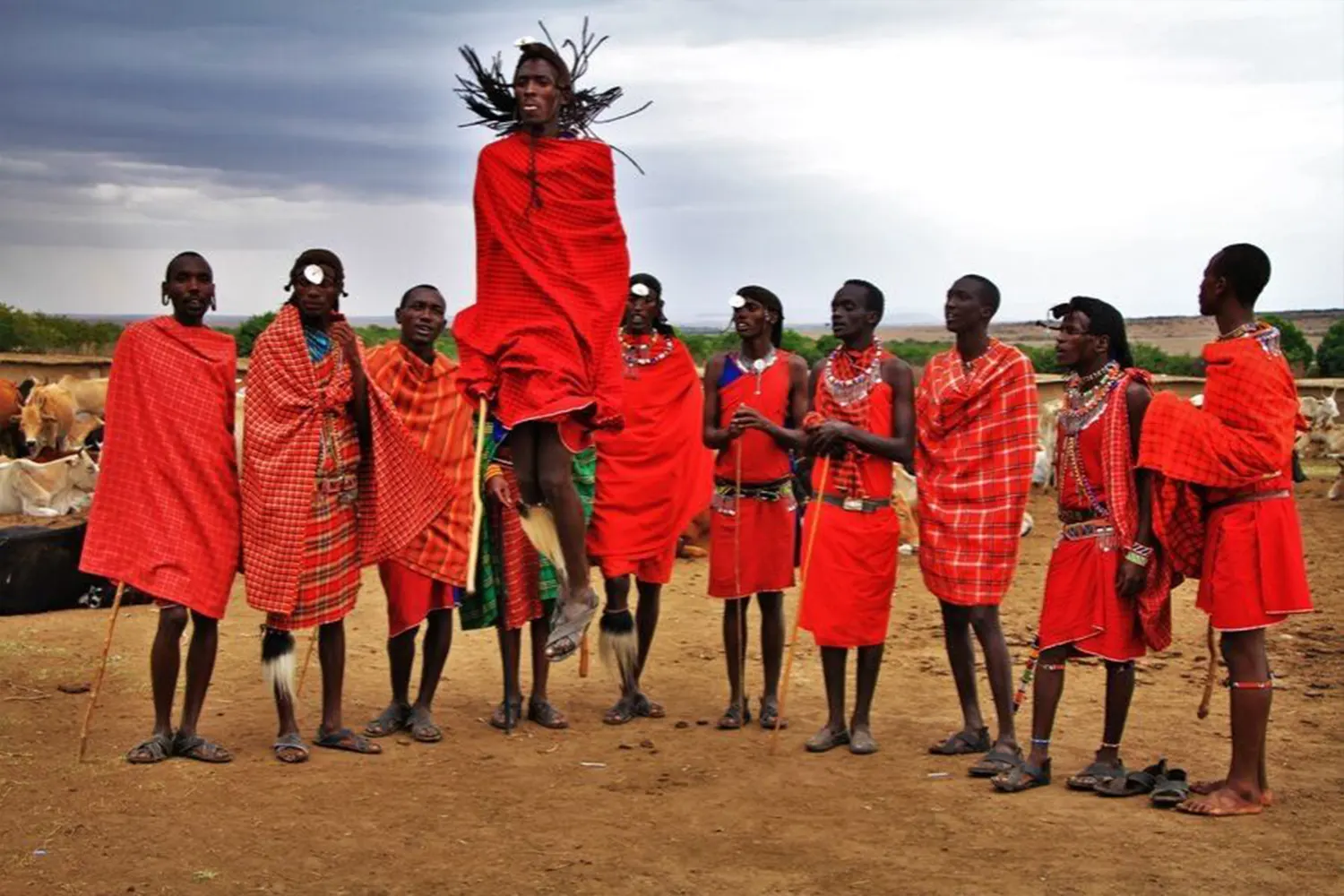
Tanzania is not just about wildlife destination; it's also a destination of cultures. Take the time to meet and interact with the indigenous tribes, such as the Maasai and Hadzabe. Learn about their traditions, witness traditional dances, hunting outings, and food, and gain a deeper understanding of Tanzania's rich heritage.
